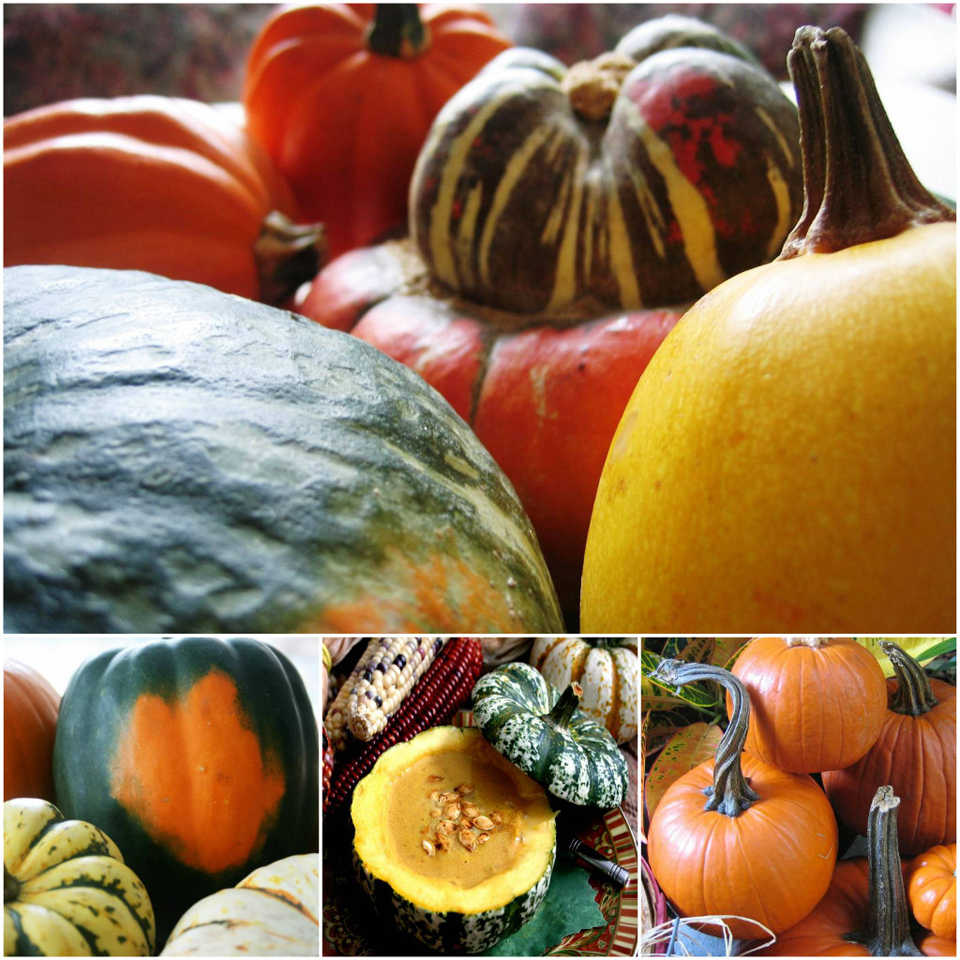Although technically a fruit (they have seeds and grow on a vine), thick, hard-skinned winter squash are members of the gourd family and are treated like vegetables. They are delicious served as a side dish, or as the principal ingredient in a number of recipes, ranging from soups and stews to breads, cakes, pies and many other desserts. Squash varieties are broad and some are interchangeable with others. In pie, for instance, sugar pumpkins, which were developed for cooking and pie baking, are tradition, but butternut squash makes a luscious pie, as well. In fact, with its creamy, dense consistency, I find butternut squash preferable, and I hope you will try the butternut squash pie recipe offered here.
If you choose to remove the seeds from winter squash before cooking, save the seeds. Roasted pumpkin seeds are nutritious and make good snacking. (To roast the seeds, toss one cup raw cleaned, rinsed and paper-towel dried pumpkin seeds with a tablespoon of vegetable oil. Spread them in a single layer on a baking sheet, then sprinkle with a little sea salt. Bake for 35 to 40 minutes, in a preheated 300-degree oven, stirring occasionally. Seeds not eaten within two days, should be refrigerated in an airtight container.)
Winter squash are among the most tasty and versatile of foods. Even their hollowed-out and blanched shells (including tops) can be transformed into whimsical, novel containers for many of your fall season culinary creations.

